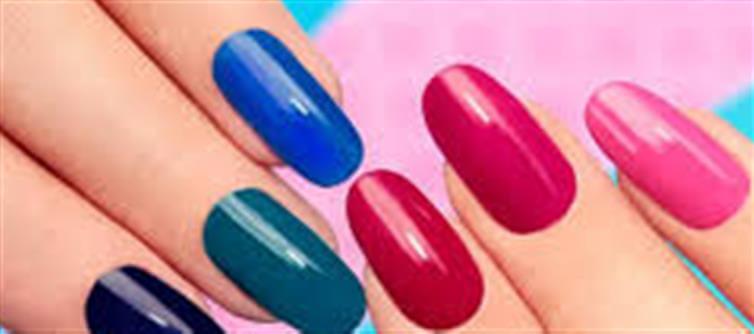
The european union has officially banned gel-based nail polishes as of September 1, 2025, citing serious safety concerns. The move has sent shockwaves through the beauty industry across europe, while gel polishes remain available in the United States. Here’s what you need to know about the ban, the risks, and what it means for consumers.
1. Why Gel Nail Polish Was Popular
Gel nail polish has been a beauty staple for years, beloved for its:
Long-lasting color
Quick drying with UV lamps
Durability compared to regular nail polish
The secret behind its glossy finish and longevity is a chemical called Trimethylbenzoyl diphenylphosphine oxide (TPO). This compound acts as a photoinitiator, helping gel polish harden quickly under UV light and maintain color for weeks.
2. What Is TPO and How Does It Work?
TPO is widely used in gel polishes due to its high efficiency, thermal stability, and UV absorption. It works by generating free radicals when exposed to UV light, which triggers a chemical reaction called polymerization, effectively hardening the nail polish.
While it’s praised for its performance, TPO has become a major health concern, prompting regulators to step in.
3. health Risks Linked to TPO
EU authorities banned TPO because studies indicate it may be toxic to humans, with potential long-term effects including:
Fertility issues: Animal studies have linked TPO exposure to reproductive harm
Carcinogenic potential: Classified as possibly cancer-causing
Allergic reactions: Skin sensitivity and inflammation may occur
Infection risks: Nail salon procedures using UV light can sometimes increase susceptibility
Even though research is ongoing, the EU chose to take a precautionary approach to protect consumers.
4. What the EU Ban Means for Nail Salons
The ban is strict and immediate:
All gel polishes containing TPO must be removed from shelves
No exceptions and no time limit for selling existing stock
Salons must switch to TPO-free products immediately
Many beauty professionals feel this decision came too quickly, arguing that replacing stock overnight is logistically challenging. The EU had first announced the decision in May 2024, giving salons over a year to prepare, but the official enforcement date is now here.
5. Why the US Has Not Followed
In contrast, the united states has not yet regulated TPO, leaving gel polishes available on the market. This is part of a broader trend where certain chemical ingredients banned in europe remain in use in the US, from food additives to cosmetic chemicals.
Consumers in the US are therefore still exposed to TPO risks, though some salons and brands have started introducing TPO-free alternatives voluntarily.
6. Safer Alternatives for Consumers
Beauty experts suggest the following options for those concerned about TPO exposure:
TPO-free gel nail polishes: Several brands now advertise safer formulations
Regular nail polish: Avoid UV curing lamps
DIY manicures at home: Using air-dry polishes reduces chemical and UV exposure
Being aware of the ingredients in your nail products and opting for safer alternatives can significantly reduce health risks.
7. The Takeaway
While gel nail polish remains popular for its durability and glossy finish, the EU ban highlights the hidden health risks associated with chemicals like TPO. Fertility concerns, potential carcinogenic effects, and skin reactions have prompted regulators to prioritize consumer safety over convenience.
Salons and consumers in europe must switch to safer alternatives, while those in the US should stay informed and consider TPO-free options. As cosmetic science evolves, staying educated about ingredient safety is key to enjoying beauty products without compromising health..jpg)




 click and follow Indiaherald WhatsApp channel
click and follow Indiaherald WhatsApp channel